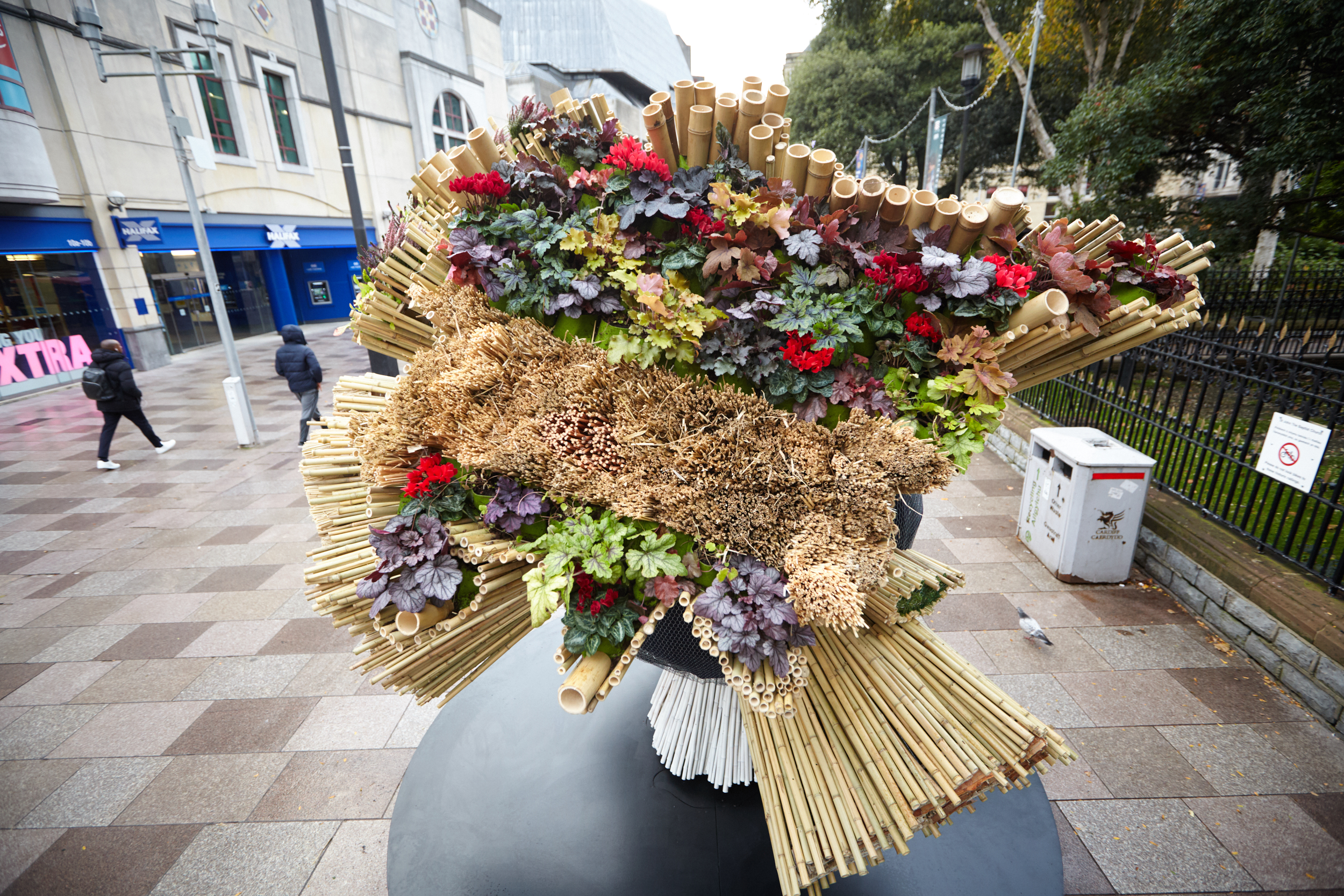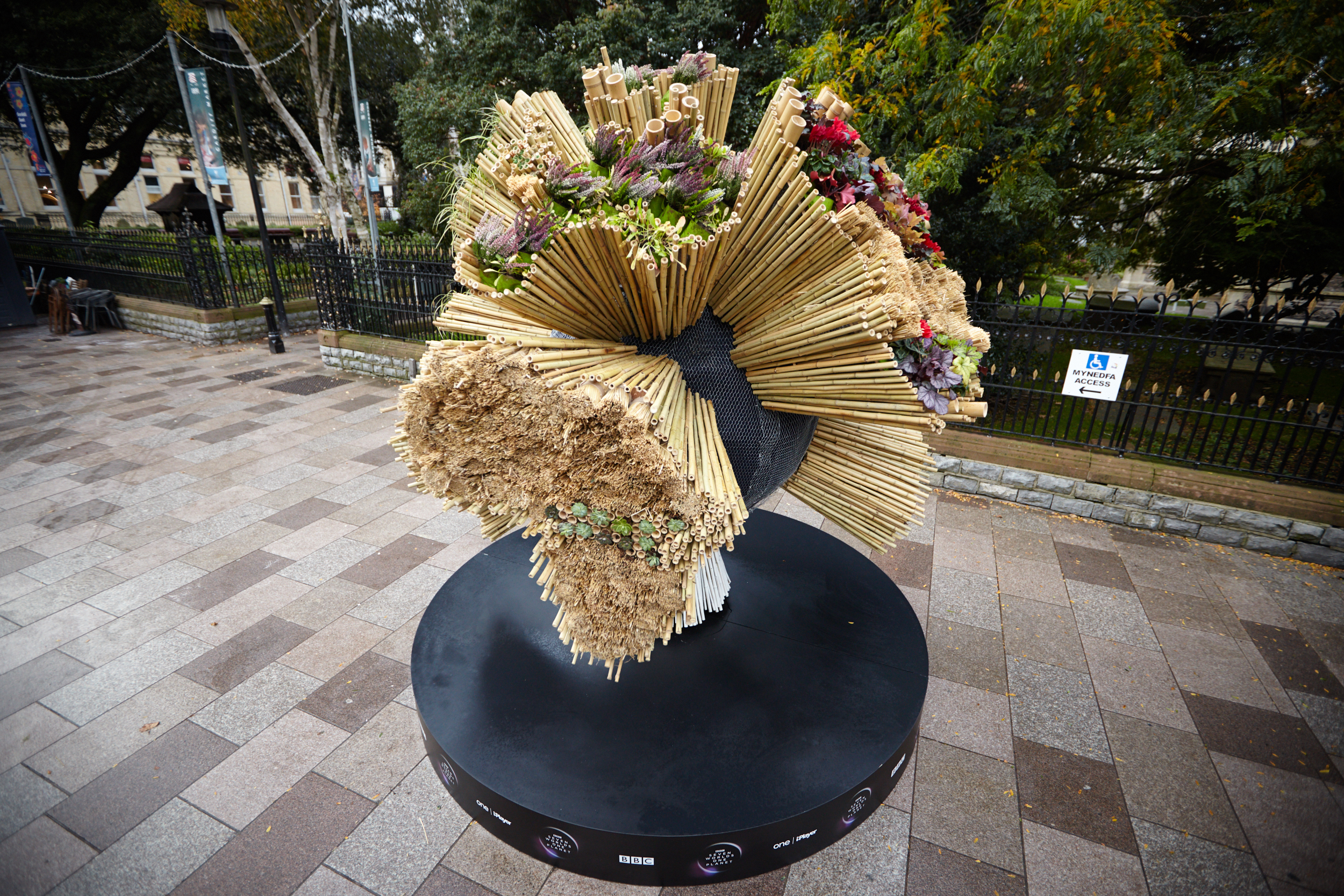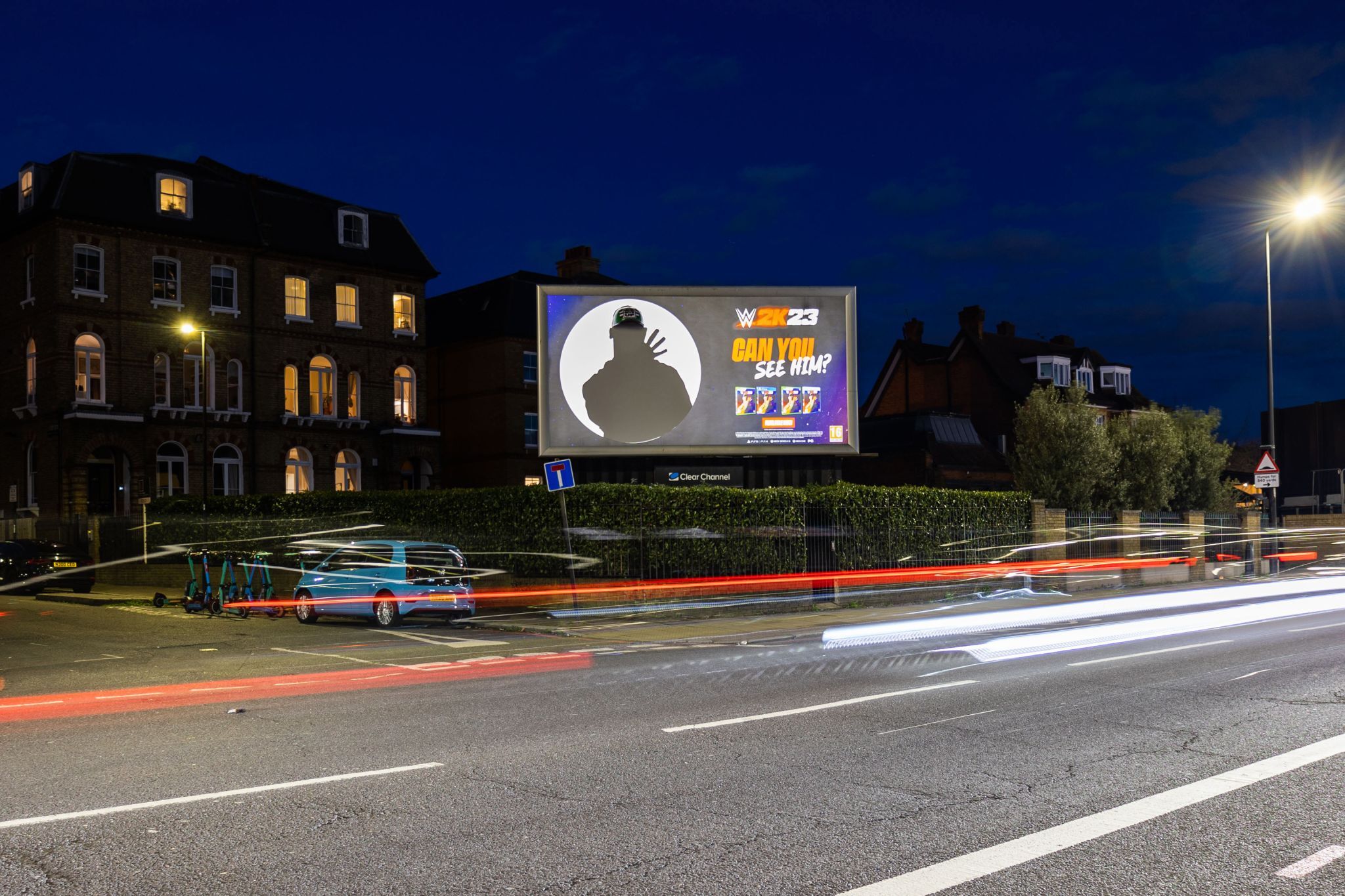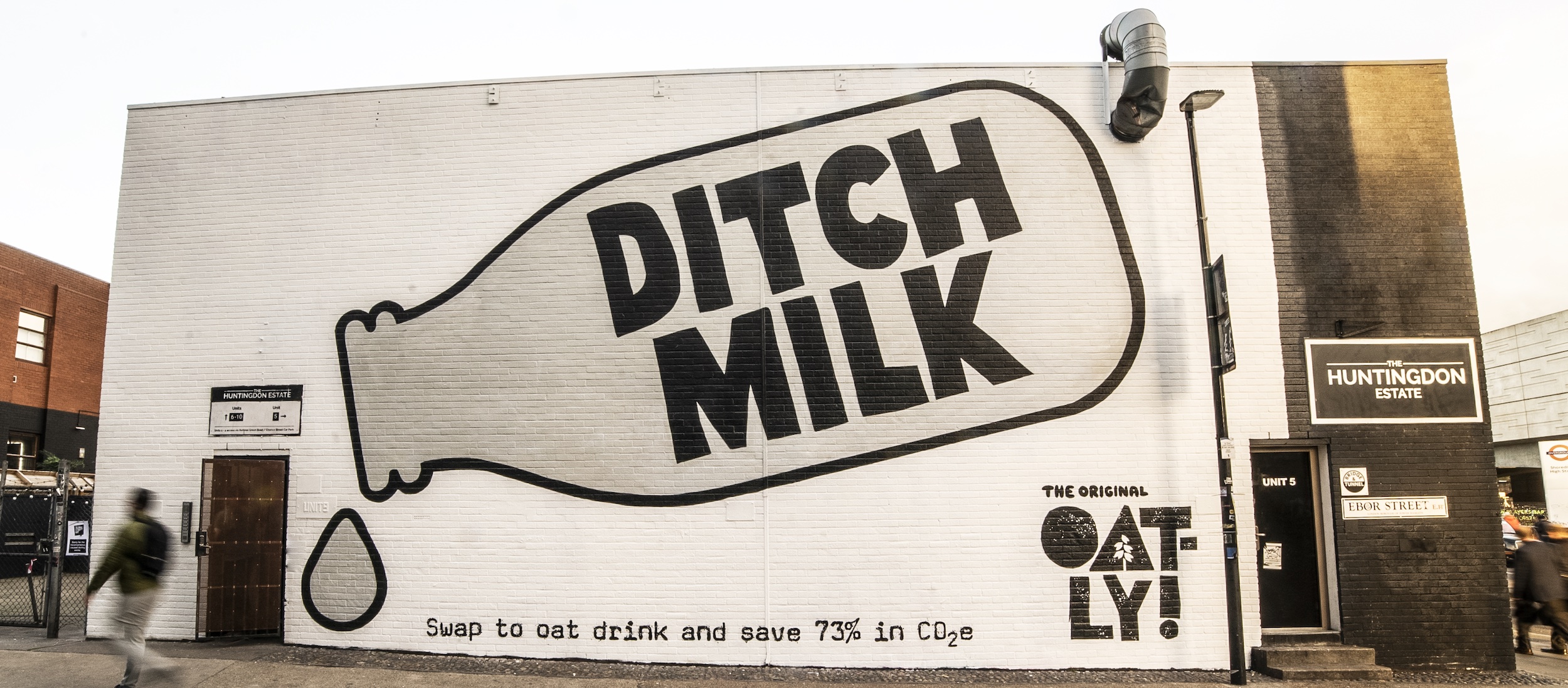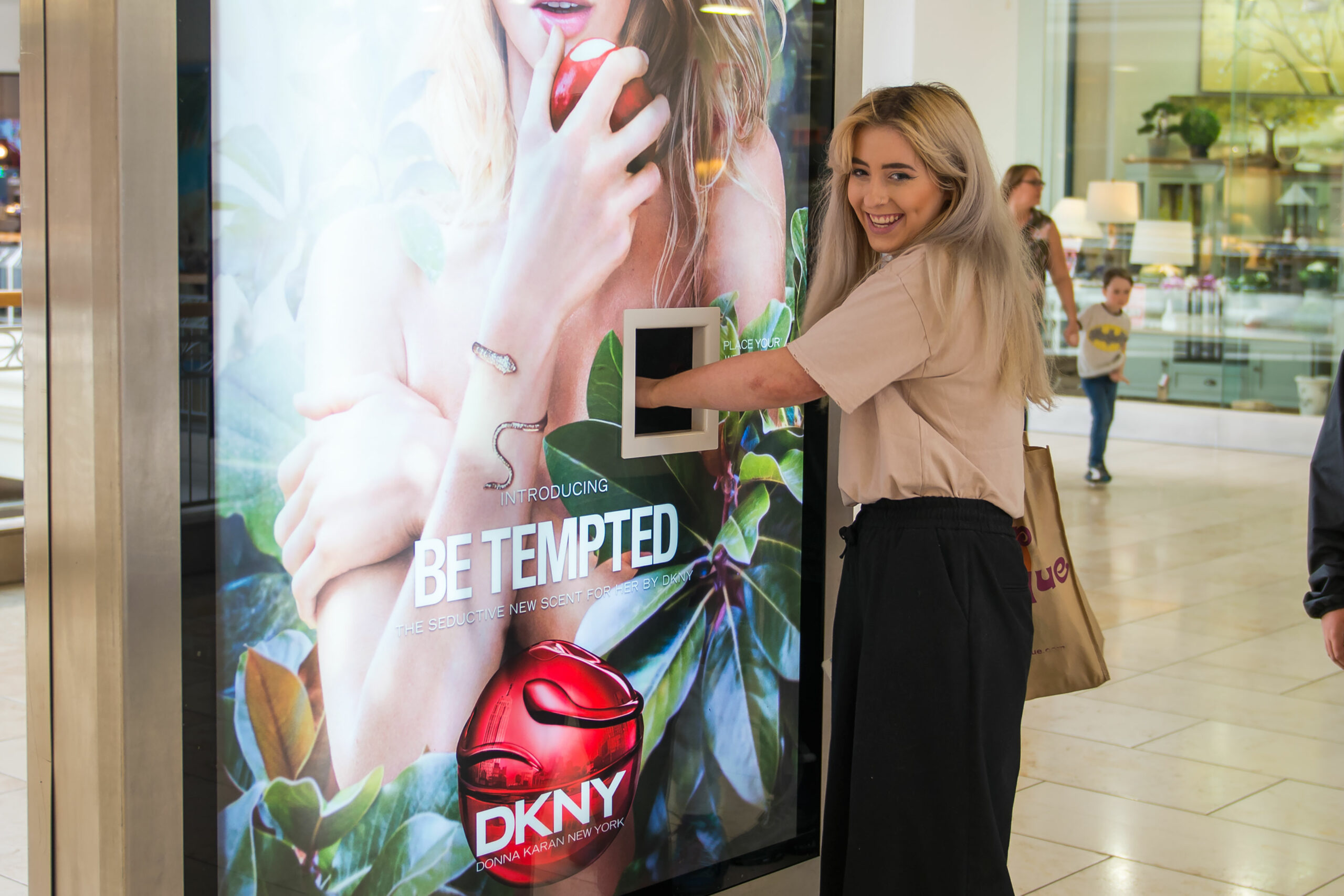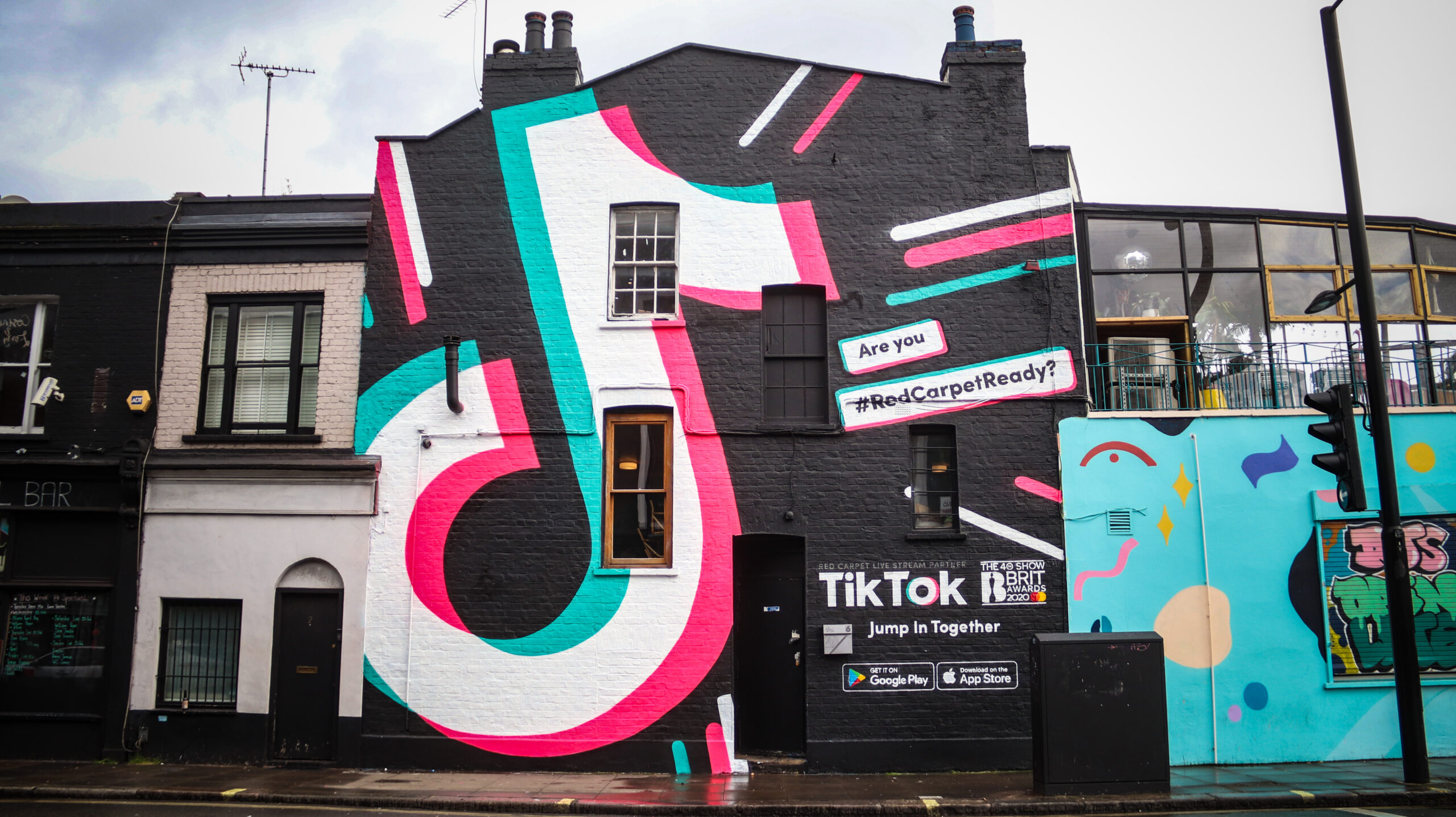1. Brief
To celebrate the launch of its natural history series, “Seven Worlds, One Planet,” we worked with the BBC to create an installation that would act as a home for local wildlife. The “Seven world living globe” stands at three metres wide and is designed to reflect the seven continents. As the show explains the importance of biodiversity, we chose to create a unique, bio-diverse installation over a traditional OOH ad.
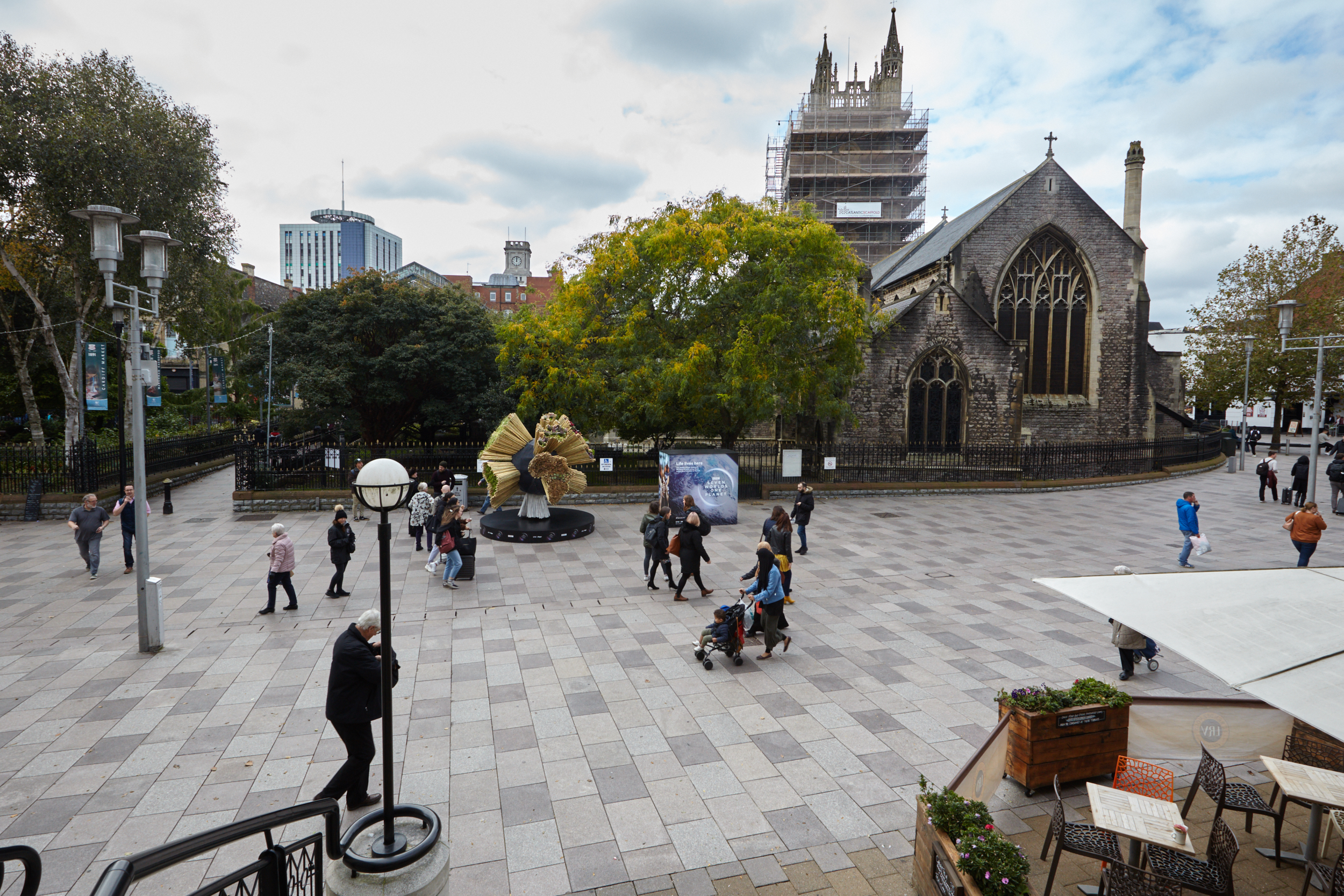
2. Response
It was vital that the sculpture supported wildlife and biodiversity in a real and tangible way, so we enlisted the help of Kate Bradbury, author and wildlife consultant. She helped guide us on elements, which offered genuine support to animals. The structure was designed to be a habitat and support to wildlife, including nesting opportunities for migrating birds, food and shelter for insects. We also handed out seed balls to passersby, with the aim of inspiring people to create wildlife-nurturing habitats in their own homes.
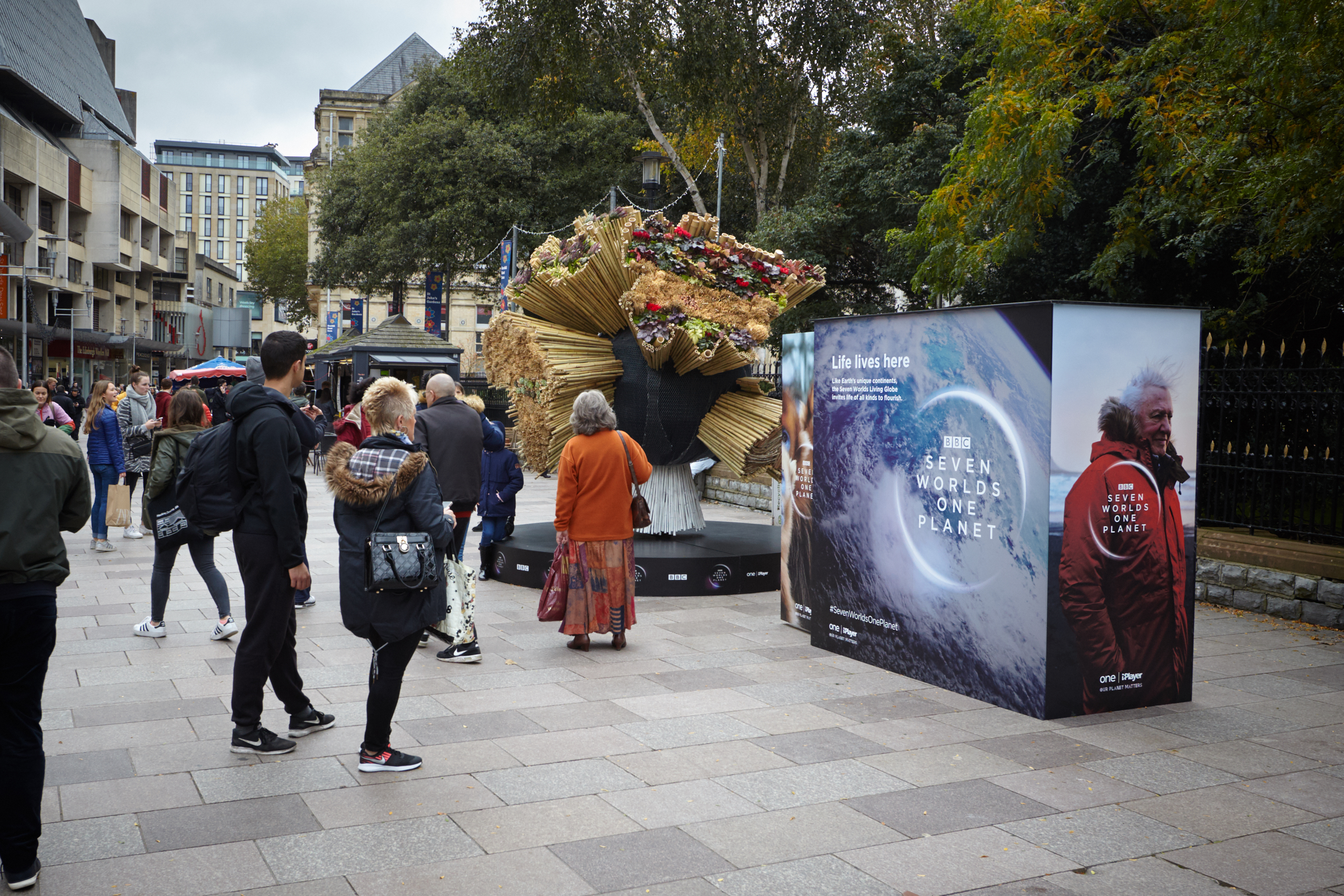
3. Results
The globe was live in Cardiff and Manchester for two weeks, after which it was donated to the Eden Project in Cornwall as a permanent exhibit.
- 18k visitor interactions
- 59k seed ball giveaways
- 6 minute average interaction time.
